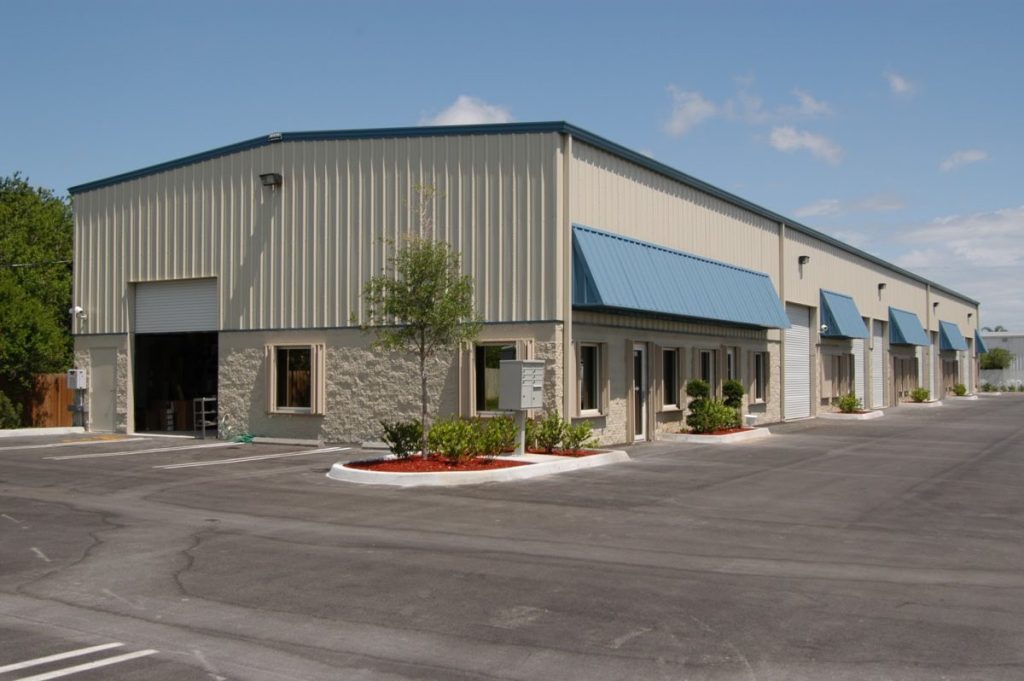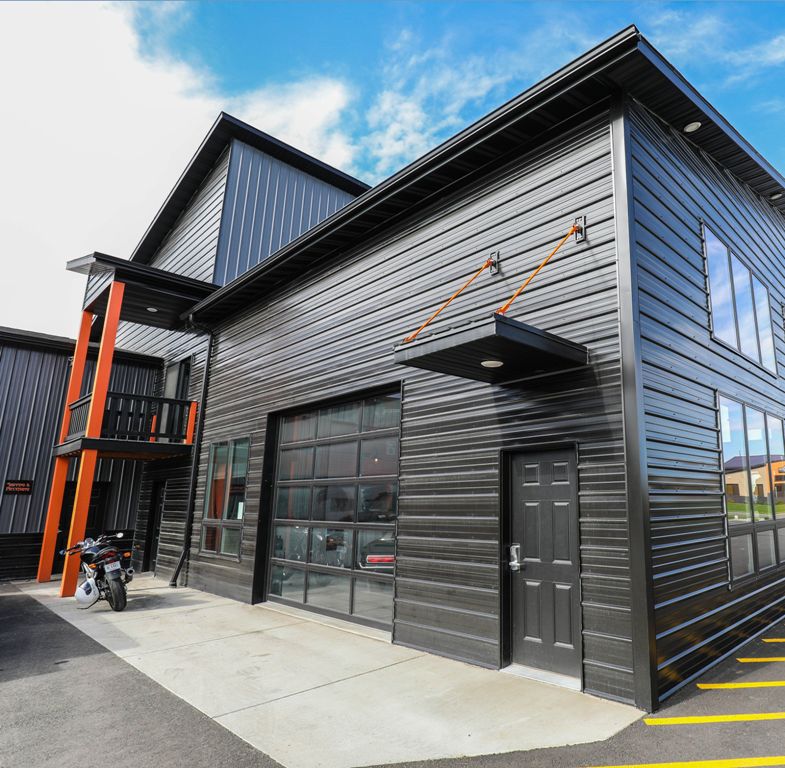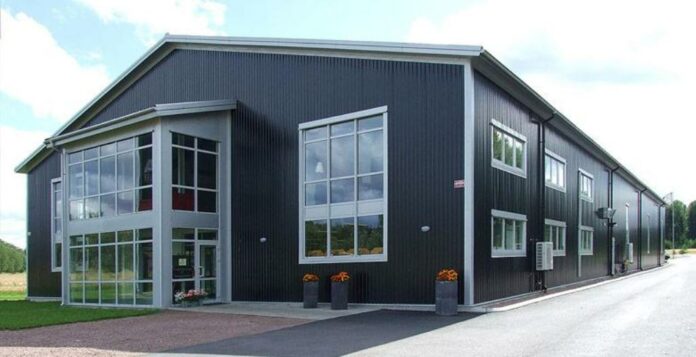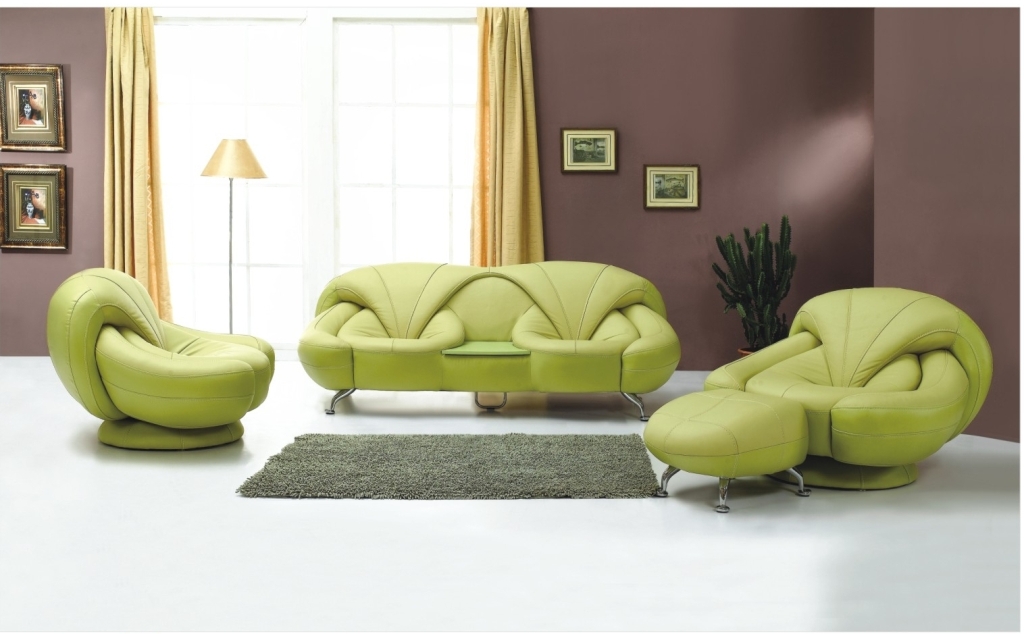Statistics show us that steel buildings are becoming more and more common, especially in the warehousing and logistics industry. There was a 15% increase in the purchase of Commercial Steel Buildings this year and such movement shows a growing preference for these structures.
This article will examine the reasons for this growing preference and in the process demonstrate how steel buildings are a better choice from an economic and operational viewpoint.
MATERIAL PROPERTIES
The material properties of steel give it a clear edge over other building materials. Issues such as rot and seepage are virtually non-existent due to the resistant nature of steel. Also, the steel itself, along with the concrete foundation used for these structures, allows for a more stable and reinforced building.

Furthermore, if insulation or temperature control is a requirement for your warehousing business, then steel buildings allow for ease and convenience as you do not need any additional framing for insulation. Depending on Commercial Steel Buildings, you can simply add insulation to the building by inserting sheetrock or plywood into the steel slats.
DURABILITY
In its raw untreated form, steel still maintains its durable nature and is extremely resistant to natural elements. When such a material is carefully crafted into a standing structure, the overall integrity and durability are bound to be even higher than its raw form. There is an impenetrable resistance to pests such as termites, mildew, and rot. Furthermore, the resistance also extends to factors like rain, snow, and even fire.
Furthermore, this durability, along with the material properties of steel, allows it to take damage to a specific part of the structure without compromising the overall structural integrity. Taking this into account, along with the resistance to environmental wear and tear, these buildings can last up to 50 years if maintained adequately.
SAFETY
As a warehousing and logistics facility, you as a business owner will be taking on significant liability. Just because you have insurance doesn’t necessarily mean you can’t be held liable for any further damages. Considering all of this, along with the fact that you could be warehousing incredibly valuable material from time to time, it makes more practical sense to have a structure that is durable and resistant to environmental factors and natural disasters.

PRACTICAL AND COST-EFFECTIVE
The durability and material property of steel also translate to low maintenance. Keeping the structure clean requires very little time and effort in comparison to wood and concrete structures. Any modifications are also easier to carry out as you would just need to attach another pre-fabricated structure to the existing one. Steel can be cut and welded with ease and very little waste.
Furthermore, while steel buildings may have a higher initial cost, it saves much more money in the long run. Lower maintenance means you do not need as much labor, reducing your employee payables. The safety and durability factors also mean your insurance costs are significantly reduced. Modifications are also much cheaper as you don’t require the same amount of labor and material as you would with a wood or concrete structure.


















